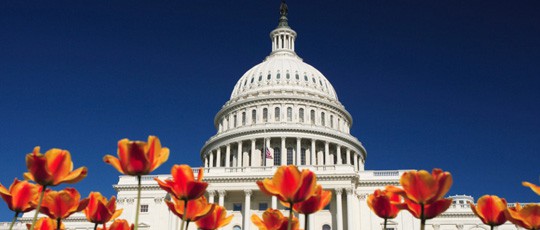- The GFC has spawned a new norm of sub-trend growth. In the US, growth is lacklustre at best, unemployment is stable but participation is declining and the only winners seem to be on Wall Street. Such an economic malady must contend with the major secular trend of technological innovation which will continue to displace jobs over the coming century.
(Sub) Growth for the Future
- America has officially and technically risen out of recession however as the graph below shows, GDP growth remains well below its long run historical average. Just 3.5% per annum in the past seven years, which is almost half the 6.6% average since WW2.
 This update does not constitute financial advice and should not be relied upon as such. It is intended only to provide a summary and general overview on matters of interest and it is not intended to be comprehensive. You should seek professional advice before acting or relying on any of the content.
This update does not constitute financial advice and should not be relied upon as such. It is intended only to provide a summary and general overview on matters of interest and it is not intended to be comprehensive. You should seek professional advice before acting or relying on any of the content.




